Trojan:Win64/CrealStealer Malware
Trojan:Win64/CrealStealer is a dangerous type of malware that tricks users by pretending to be an Adobe Reader installer. It usually targets systems with weak protection and then installs more malware secretly. It acts like a loader, helping other threats sneak in.
Cybercriminals use several malware types to deliver Trojan:Win64/CrealStealer. People who download software from unsafe websites are more likely to get infected. Using torrents or shady freeware sites without scanning files raises the risk.
It can also spread through fake emails. These emails come with harmful attachments that install the malware quietly when opened.
![Trojan:Win64/CrealStealer - How to Remove It [Solved]](https://cdn.sensorstechforum.com/wp-content/uploads/2025/04/TrojanWin64CrealStealer-malware-removal-guide-1024x576.jpg)
Trojan:Win64/CrealStealer Summary
| Name | Trojan:Win64/CrealStealer |
| Type | Trojan Horse / Malware |
| Brief Description | Fake setup malware that can perform various malicious activities on the system. |
| Symptoms | Your computer could become very slow and even freeze from time to time; excessive CPU usage is also possible. |
| Distribution Technique | Bundled downloads. Web pages which may promote it. |
| Detection Tool |
See if the System is impacted by Trojan:Win64/CrealStealer
Down Load
Malware Removal Tool
|
Trojan:Win64/CrealStealer Loader – Why Is It on My System?
If your antivirus has found the Trojan:Win64/CrealStealer Loader, it means your PC is already infected. This malware pretends to be a safe program and tricks users into installing it during fake updates or setups.
Most infections happen when users download cracked software, click bad ads, or install unsafe programs. Since it hides in other files, it can go unnoticed until your system starts acting strange.
Key Features and Risks of Trojan:Win64/CrealStealer Malware
Spreading Harmful Programs
Trojan:Win64/CrealStealer works as a dropper that installs other harmful tools like spyware, keyloggers, or ransomware. It uses system flaws to place threats without user permission. It spreads via spam emails, fake websites, infected files, and unsafe downloads.
System Vulnerabilities
This malware changes system settings and registry entries to stay hidden. It avoids detection by using sneaky methods. Since it runs quietly, it may stay active for a long time without being found.
Stealing Personal Data
One of the biggest risks of Trojan:Win64/CrealStealer is data theft. It collects things like login credentials, banking info, and saved passwords. It can also monitor what you type. Hackers use this data to steal accounts, make purchases, or sell it online. Victims often don’t realize until damage is done.
Remote Control by Hackers
The malware links to a command-and-control server that lets hackers control the system. They can send commands, install more threats, or use the system in larger attacks—all without the user knowing.
Persistence and Concealment
Trojan:Win64/CrealStealer is made to stay on the system for a long time. It hides in deep folders and uses encryption to stay out of sight. Even if removed, it might come back by using hidden processes or system bugs.
How to Remove Trojan:Win64/CrealStealer Malware
If your system is infected, act fast. Manual removal is hard, so it’s better to:
Disconnect from the Internet – This stops the malware from talking to hackers.
Use a Reliable Anti-Malware Tool – Run a full system scan to find and remove threats.
Boot Into Safe Mode – This stops the malware from launching.
Check Installed Programs – Uninstall anything that looks suspicious.
Reset Your Browser – This removes unwanted changes caused by the malware.
Update Your System – Patch holes in your system to prevent future infections.
Staying careful with downloads and keeping your system protected can help avoid future attacks. Hackers are always changing tactics, so stay alert and keep your security tools updated.
Preparation before removing Trojan:Win64/CrealStealer.
Before starting the actual removal process, we recommend that you do the following preparation steps.
- Make sure you have these instructions always open and in front of your eyes.
- Do a backup of all of your files, even if they could be damaged. You should back up your data with a cloud backup solution and insure your files against any type of loss, even from the most severe threats.
- Be patient as this could take a while.
- Scan for Malware
- Fix Registries
- Remove Virus Files
Step 1: Scan for Trojan:Win64/CrealStealer with SpyHunter Anti-Malware Tool
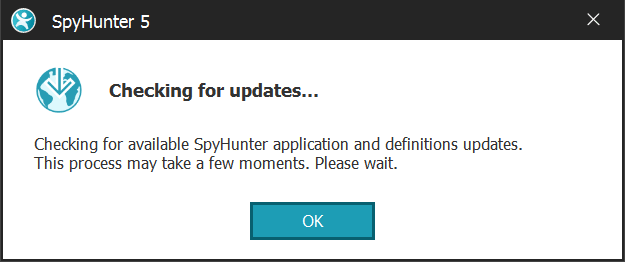
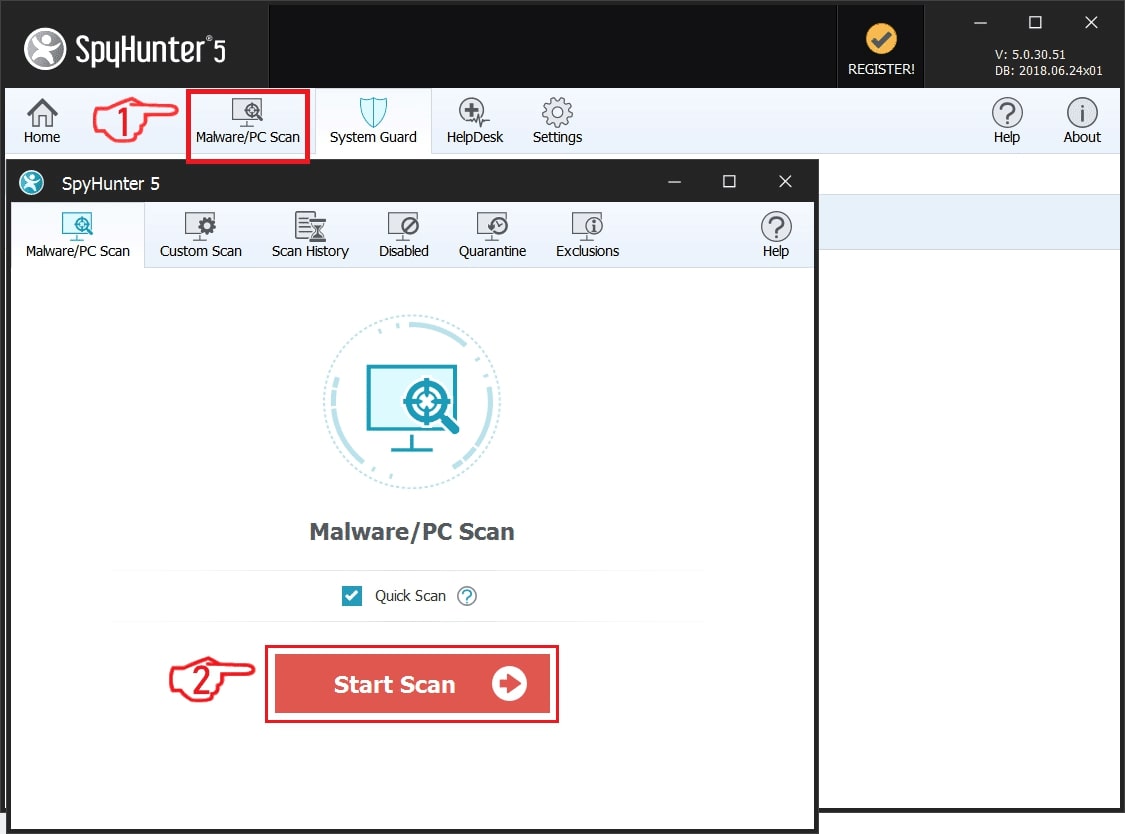
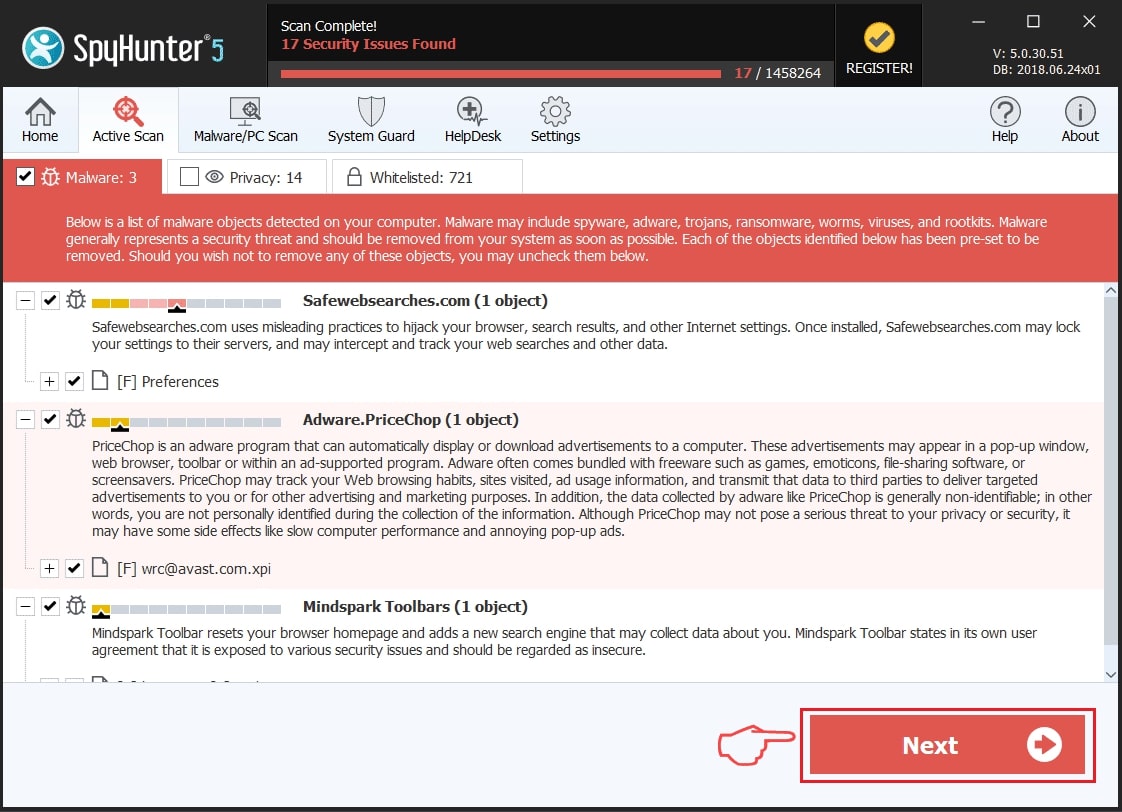
Step 2: Clean any registries, created by Trojan:Win64/CrealStealer on your computer.
The usually targeted registries of Windows machines are the following:
- HKEY_LOCAL_MACHINE\Software\Microsoft\Windows\CurrentVersion\Run
- HKEY_CURRENT_USER\Software\Microsoft\Windows\CurrentVersion\Run
- HKEY_LOCAL_MACHINE\Software\Microsoft\Windows\CurrentVersion\RunOnce
- HKEY_CURRENT_USER\Software\Microsoft\Windows\CurrentVersion\RunOnce
You can access them by opening the Windows registry editor and deleting any values, created by Trojan:Win64/CrealStealer there. This can happen by following the steps underneath:
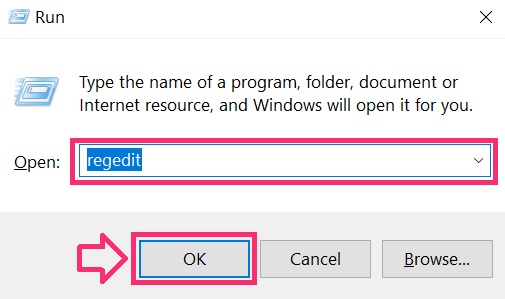

 Tip: To find a virus-created value, you can right-click on it and click "Modify" to see which file it is set to run. If this is the virus file location, remove the value.
Tip: To find a virus-created value, you can right-click on it and click "Modify" to see which file it is set to run. If this is the virus file location, remove the value.Step 3: Find virus files created by Trojan:Win64/CrealStealer on your PC.
1.For Windows 8, 8.1 and 10.
For Newer Windows Operating Systems
1: On your keyboard press + R and write explorer.exe in the Run text box and then click on the Ok button.

2: Click on your PC from the quick access bar. This is usually an icon with a monitor and its name is either “My Computer”, “My PC” or “This PC” or whatever you have named it.

3: Navigate to the search box in the top-right of your PC's screen and type “fileextension:” and after which type the file extension. If you are looking for malicious executables, an example may be "fileextension:exe". After doing that, leave a space and type the file name you believe the malware has created. Here is how it may appear if your file has been found:
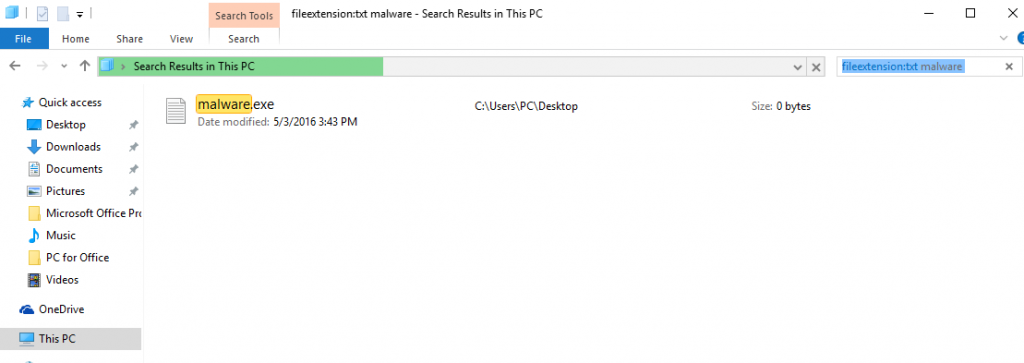
N.B. We recommend to wait for the green loading bar in the navigation box to fill up in case the PC is looking for the file and hasn't found it yet.
2.For Windows XP, Vista, and 7.
For Older Windows Operating Systems
In older Windows OS's the conventional approach should be the effective one:
1: Click on the Start Menu icon (usually on your bottom-left) and then choose the Search preference.
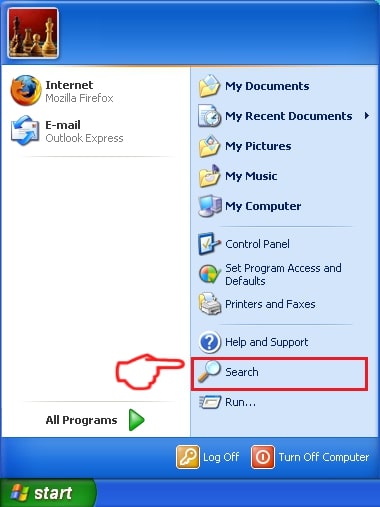
2: After the search window appears, choose More Advanced Options from the search assistant box. Another way is by clicking on All Files and Folders.
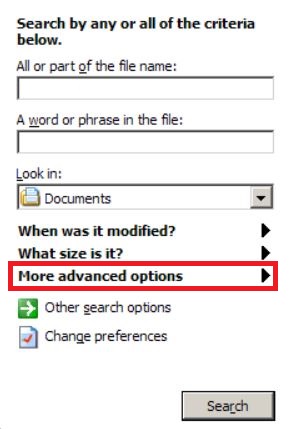
3: After that type the name of the file you are looking for and click on the Search button. This might take some time after which results will appear. If you have found the malicious file, you may copy or open its location by right-clicking on it.
Now you should be able to discover any file on Windows as long as it is on your hard drive and is not concealed via special software.
Trojan:Win64/CrealStealer FAQ
What Does Trojan:Win64/CrealStealer Trojan Do?
The Trojan:Win64/CrealStealer Trojan is a malicious computer program designed to disrupt, damage, or gain unauthorized access to a computer system. It can be used to steal sensitive data, gain control over a system, or launch other malicious activities.
Can Trojans Steal Passwords?
Yes, Trojans, like Trojan:Win64/CrealStealer, can steal passwords. These malicious programs are designed to gain access to a user's computer, spy on victims and steal sensitive information such as banking details and passwords.
Can Trojan:Win64/CrealStealer Trojan Hide Itself?
Yes, it can. A Trojan can use various techniques to mask itself, including rootkits, encryption, and obfuscation, to hide from security scanners and evade detection.
Can a Trojan be Removed by Factory Reset?
Yes, a Trojan can be removed by factory resetting your device. This is because it will restore the device to its original state, eliminating any malicious software that may have been installed. Bear in mind that there are more sophisticated Trojans that leave backdoors and reinfect even after a factory reset.
Can Trojan:Win64/CrealStealer Trojan Infect WiFi?
Yes, it is possible for a Trojan to infect WiFi networks. When a user connects to the infected network, the Trojan can spread to other connected devices and can access sensitive information on the network.
Can Trojans Be Deleted?
Yes, Trojans can be deleted. This is typically done by running a powerful anti-virus or anti-malware program that is designed to detect and remove malicious files. In some cases, manual deletion of the Trojan may also be necessary.
Can Trojans Steal Files?
Yes, Trojans can steal files if they are installed on a computer. This is done by allowing the malware author or user to gain access to the computer and then steal the files stored on it.
Which Anti-Malware Can Remove Trojans?
Anti-malware programs such as SpyHunter are capable of scanning for and removing Trojans from your computer. It is important to keep your anti-malware up to date and regularly scan your system for any malicious software.
Can Trojans Infect USB?
Yes, Trojans can infect USB devices. USB Trojans typically spread through malicious files downloaded from the internet or shared via email, allowing the hacker to gain access to a user's confidential data.
About the Trojan:Win64/CrealStealer Research
The content we publish on SensorsTechForum.com, this Trojan:Win64/CrealStealer how-to removal guide included, is the outcome of extensive research, hard work and our team’s devotion to help you remove the specific trojan problem.
How did we conduct the research on Trojan:Win64/CrealStealer?
Please note that our research is based on an independent investigation. We are in contact with independent security researchers, thanks to which we receive daily updates on the latest malware definitions, including the various types of trojans (backdoor, downloader, infostealer, ransom, etc.)
Furthermore, the research behind the Trojan:Win64/CrealStealer threat is backed with VirusTotal.
To better understand the threat posed by trojans, please refer to the following articles which provide knowledgeable details.

